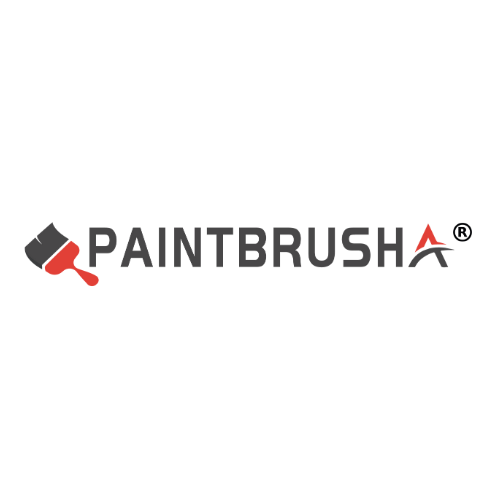When painting commercial advertisements with wall murals, it is necessary to master certain usage skills to ensure that the advertisement effect is both eye-catching and meets the needs of commercial promotion. Here are some key usage tips:
First, preparatory work
Choose the appropriate wall
Choose a flat, dry, oil-free and dust-free wall to ensure the advertising effect. Uneven walls can affect the painting effect, while damp or oily walls may cause the paint to peel off.
Take into account factors such as the distance between the wall and the road surface, the height of the wall, and the flow of people passing through to select the best advertising display location.
Design advertising content
Based on the characteristics of the product and the promotional goals, design simple and clear advertising content with a prominent theme. Avoid overly complex content, which may prevent the audience from quickly understanding the advertisement information.
The color combination should be eye-catching and capable of attracting the attention of pedestrians. For instance, in county-level and township areas, bright colors such as red and yellow backgrounds can be chosen as the main tones.
Prepare drawings of various specifications to adapt to walls of different sizes. It is generally recommended to prepare three types of drawings: horizontal, vertical and square.
Prepare the painting tools and materials
Choose wall painting brushes suitable for acrylic paint, such as flat brushes, round head brushes, etc. Prepare brushes of different sizes according to the painting requirements.
Prepare sufficient acrylic paint and adjust the thickness of the paint as needed.
Prepare other auxiliary tools, such as a palette, buckets, rags, pencils, rulers, tape, etc.
Second, the drawing process
Draft
Gently sketch the outline of the advertisement content on the wall with a pencil. Pay attention to making the lines smooth and accurate.
For complex patterns or characters, you can first draw them on paper and then project them onto the wall for tracing.
Coloring
Color in the order from light to dark. First apply the base color, then overlay the bright colors and details.
Pay attention to the even application of the paint to avoid obvious brushstrokes or color differences. A large brush can be used to quickly apply a large area of base color, and then a small brush can be used for detailed depiction.
During the coloring process, pay attention to the transition and integration of colors to make the picture more natural and harmonious.
Express texture and feel
According to the requirements of the advertisement content, different brushstrokes and painting techniques are used to express textures and qualities. For instance, a scraper can be used to scrape out lines to simulate the texture of metal or wood.
The three-dimensional effect and layering are expressed by the variation of the thickness of the pigment. For instance, thicker paint can be applied to the parts that need to be highlighted, while thinner paint can be applied to the background.
Pay attention to detail handling
Finely process the edges of the text and patterns to ensure that the lines are clear and smooth.
Pay attention to the completeness and accuracy of the advertisement content to avoid problems such as typos or distorted patterns.
Third, post-maintenance
Keep well-ventilated and dry
After the painting is completed, keep the wall well-ventilated and dry to prevent the paint from being touched or contaminated before it is completely dry.
Do not hang items or stick other materials on the wall until the paint is completely dry.
Regular cleaning and maintenance
Regularly wipe the walls gently with a damp cloth to remove dust and dirt. Avoid scratching the wall with sharp objects.
If the wall surface shows problems such as damage or fading, it should be repaired or repainted in a timely manner.
Fourth, other matters needing attention
Safety first
When drawing advertisements at heights or in dangerous locations, necessary safety measures should be taken, such as wearing safety belts and using stable scaffolding.
Ensure order and safety during the construction period and avoid causing interference or danger to pedestrians or vehicles.
Consider environmental protection factors
Choose eco-friendly acrylic paints and painting materials to reduce pollution to the environment.
During the construction process, pay attention to protecting the surrounding environment and vegetation to avoid causing damage.
Be in harmony with the surrounding environment
When designing advertising content, the harmony with the surrounding environment should be taken into consideration. The color, style and pattern of the advertisement should be in harmony with the surrounding buildings and landscapes, avoiding being too conspicuous or spoiling the overall aesthetic appeal.
